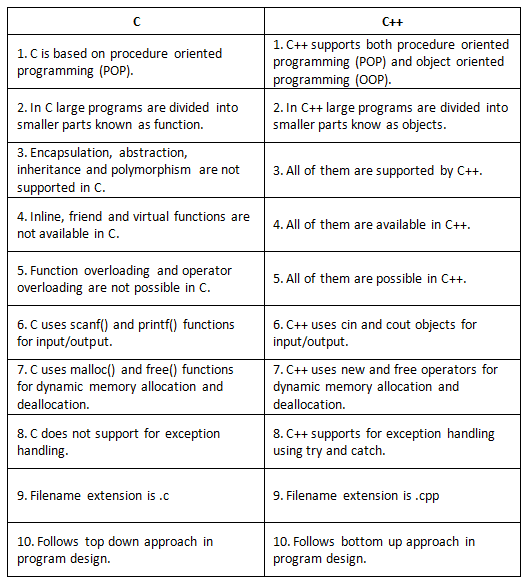Hybrid Inheritence in C++
The inheritance in which the derivation of a class involves more than one form of any inheritance is called hybrid inheritance . Basically C++ hybrid inheritance is combination of two or more types of inheritance. It can also be called multi path inheritance. Following block diagram highlights the concept of hybrid inheritance which involves single and multiple inheritance . C++ Hybrid Inheritance Block Diagram Above block diagram shows the hybrid combination of single inheritance and multiple inheritance. Hybrid inheritance is used in a situation where we need to apply more than one inheritance in a program. As in other inheritance, based on the visibility mode used or access specifier used while deriving, the properties of the base class are derived. Access specifier can be private, protected or public. C++ Hybrid Inheritance Syntax class A { ......... }; class B : public A { .......... } ; class C { ........... }; class D : publ...
